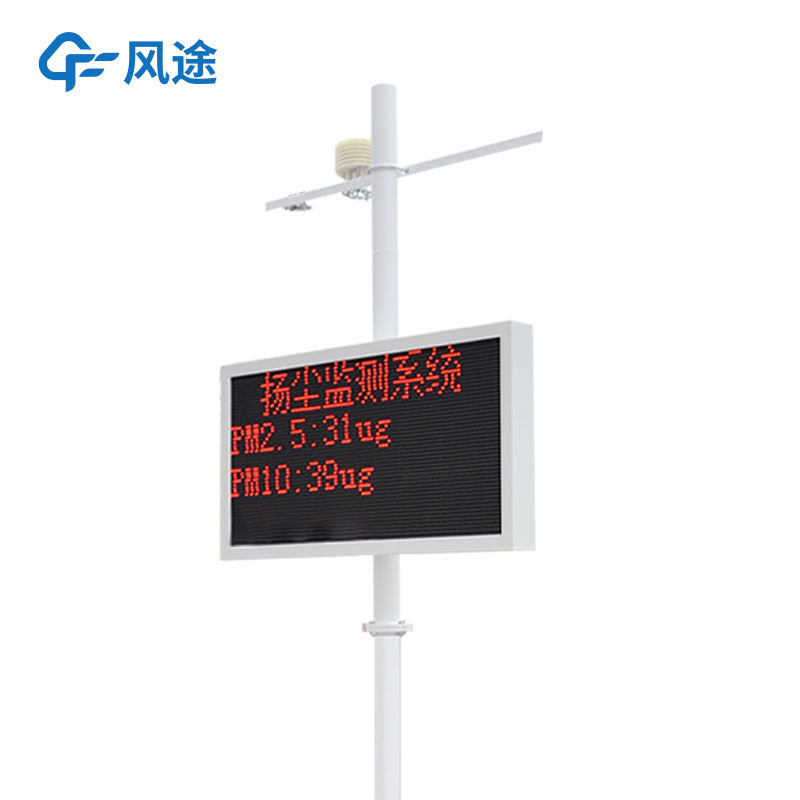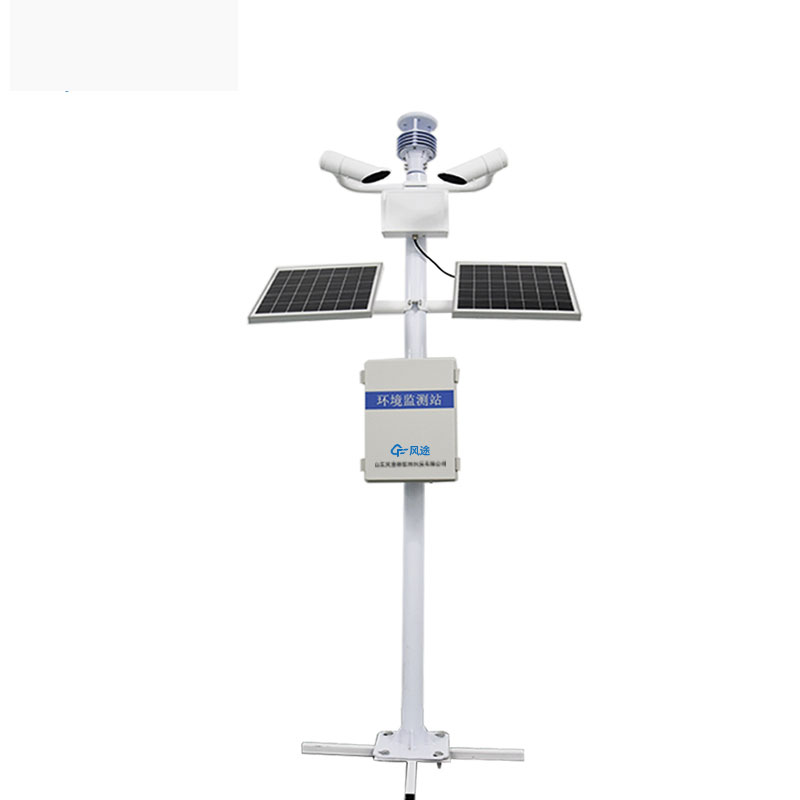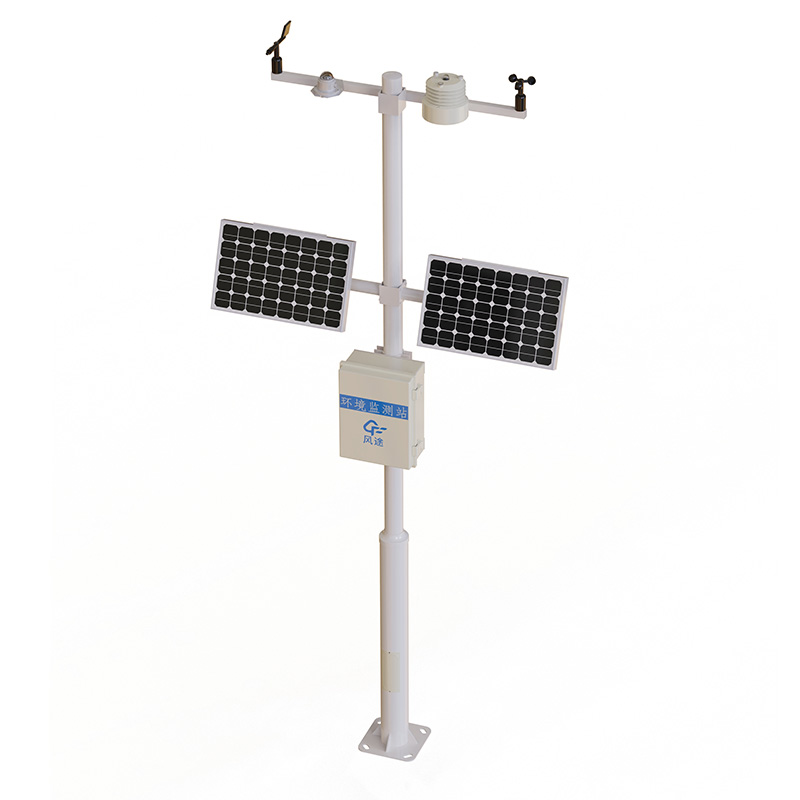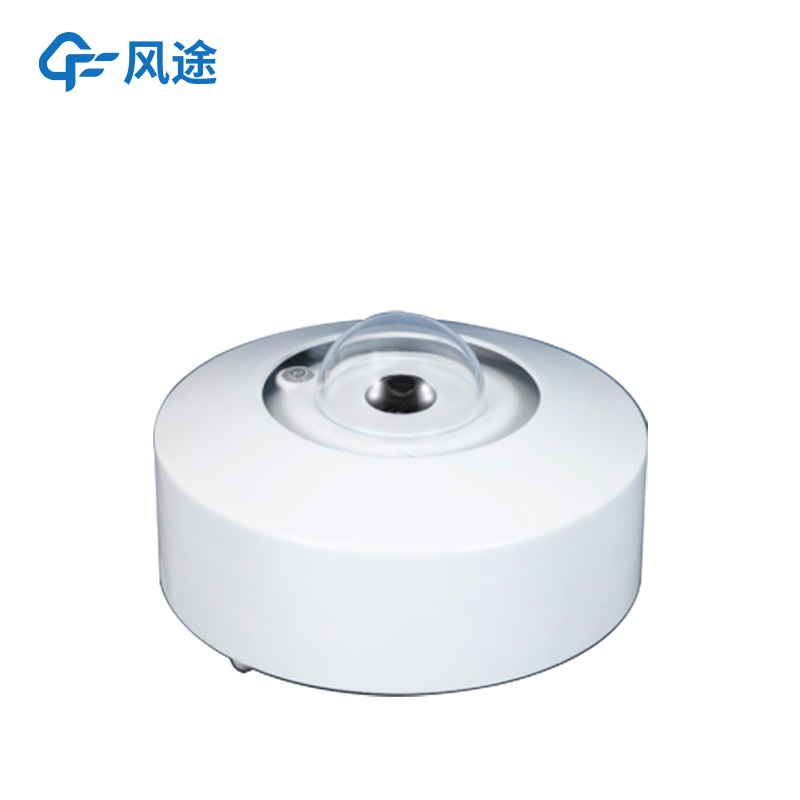Product
Recommended article
- How Forestry Weather Stations Bolster Forest Fire Prevention Efforts
- Discover the Power of Negative Oxygen Ion Monitoring System for Cleaner Air
- Comparative Analysis of Ultrasonic and Automatic Weather Stations in Meteorological Monitoring
- Breaking Through the ‘Last Meter’ with Online Dust Monitoring System
- Mastering Road Conditions with Road Weather Station
- Inhalable Dust Continuous Tester: A Portable Solution for Dust Concentration Monitoring
Contact us
Shandong Fengtu IOT Technology Co., Ltd
Sales Manager:Ms. Emily Wang
Cel,Whatsapp,Wechat:+86 15898932201
Email:info@fengtutec.com
Add:No. 155 Optoelectronic Industry Accelerator, Gaoxin District, Weifang, Shandong, China
Dust Detector and Mobile Monitoring in Air Quality Protection
Article source:Weather station time:2025-01-06 09:57:45 viewed:3times
In today's environmental monitoring work, the Dust detector plays a vital role, and mobile monitoring is an indispensable and crucial part. The two work closely together to safeguard air quality.
The Dust detector is a relatively complex integrated system. It is mainly used to conduct real-time monitoring of dust concentration in the air and related meteorological parameters, so as to accurately assess the atmospheric environmental quality and then provide reliable data support for environmental management departments to formulate policies and take measures. This system usually consists of several important parts such as monitoring equipment, a data transmission system and a data analysis and processing platform.
As a characteristic monitoring method of the Dust detector, mobile monitoring has unique advantages and complements traditional fixed-point monitoring. In mobile monitoring, professional monitoring equipment is installed on vehicles, and the vehicles travel along predetermined routes. During the journey, the high-precision particulate matter sensors on the vehicles can accurately detect the concentrations of particulate matter such as PM2.5 and PM10 in the air, while meteorological sensors will simultaneously measure meteorological conditions such as wind speed, wind direction, temperature and humidity, and record the location information of the vehicle through the positioning system.
All kinds of data collected by the mobile monitoring equipment will be transmitted to the data center or cloud platform in a timely manner via wireless communication technologies such as 4G/5G and converge with the data collected by the fixed-point monitoring system. In the data center, staff use professional data analysis software and techniques to conduct comprehensive analysis of all the data to study the sources, distribution ranges and diffusion paths of dust.
Due to its fixed location, the fixed-point monitoring system can provide dust data of specific areas for a long time and stably, and it plays an irreplaceable role in the supervision of dust emissions in key areas such as construction sites and industrial plants. On the other hand, mobile monitoring, with its strong mobility, can quickly carry out inspections of surrounding areas when an abnormal dust concentration is detected in a certain area, and quickly identify the sources of dust pollution, such as road construction and illegal muck transportation, so that targeted treatment measures can be taken in a timely manner.

This paper addresses:https://www.yf182.com/industry/592.html
Related products
Related article
-
Unlocking the Benefits of Fresh Air: Negative Oxygen Ion Monitoring Systems in Tourism Destinations
2024-09-13 -
Windway Meteorological Observatory
2024-08-08 -
Odor Online Monitoring - A Solution for Malodor Detection
2024-10-24 -
The Working Principle and Application of Particulate Monitor in Pollution Prevention
2024-12-10 -
Enhanced Mobility and Safety: The Role of Vehicle-Mount Weather Station
2024-12-25 -
There are two types of handheld meteorological instruments
2024-01-29 -
Dust Monitoring Equipment: Guarding the Environment and Public Health against Construction Dust
2024-11-20 -
Vehicle-Mount Weather Station: Bridging the Gaps in Environmental Monitoring Networks
2024-12-17










